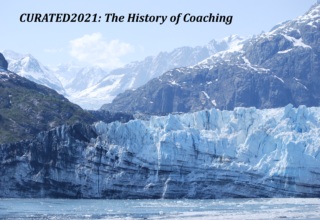
Thus, there has been a shift in fields that promote human striving, including the humanistic movement, cognitive therapy, experiential and solution-focused approaches, narrative therapy, metaphor therapy, and question thinking. Research in and techniques drawn from positive psychology, resilience theory, and emotional intelligence have added to this shift from determinism that seeks to identify and remove external causes for unhappiness through constructivism that recognizes our capacity to create meaning to potentiation that holds the promise of the ongoing expansion of fulfilling processes.
We do not need scientific research to tell us that other people’s feelings and behavior influence our own. All of the preceding questions have a social aspect: Who we are is related to whether and how we fit in with others on whom we depend for survival. Staying healthy is a matter of accessing physical resources provided by others and of managing both positive and negative stress of relationships. Understanding why we do what we do is at least partly dependent on our assessment of why others do what they do. And feeling fulfilled is often a function of how others feel and behave. We now turn to asking how we can get along with others, a crucial question that intrudes on all others, especially in an organizational setting.
How can we get along better? We are a social species. The importance of our connection with others is evidenced by a universal need for belonging (Wever-Rabehl, 2006). Neuropsychiatrist Leslie Brothers (200 l) insists that the human brain is made for social participation. Attuned relationships are one of the three irreducible requirements for true mental health and wellness, according to Daniel Siegel (2007), the others being a reflective mind and an integrated brain. Roy Baumeister and Mark Leary (1995) claim that the need to belong is a fundamental motivation for human beings.
For most of humanity’s half-million years, getting along was a matter of small-group dynamics and personal relationships. The accumulation of technological advances some ten centuries ago resulted in agriculture, the accumulation of wealth, cities, and class structure. Management in the sense of planning, controlling, coordinating, and organizing resources for the work of groups of people became a valued activity of a chosen few, both for controlling existing wealth and for waging war to accumulate more of it. Knowledge about how to organize was passed down informally from generation to generation for most of human existence. With the advent of class society, management became a more conscious activity, with the military model of command and-control predominating. Management theory was formalized during the industrial revolution of the l8’h and J 9•h centuries, and universities began giving related degrees in North America in the early 20•h century. Because most people today spend most of their waking hours working in organizations, the question of how we get along with one another is strongly influenced by how those organizations are managed.
Download Article 1K Club

















